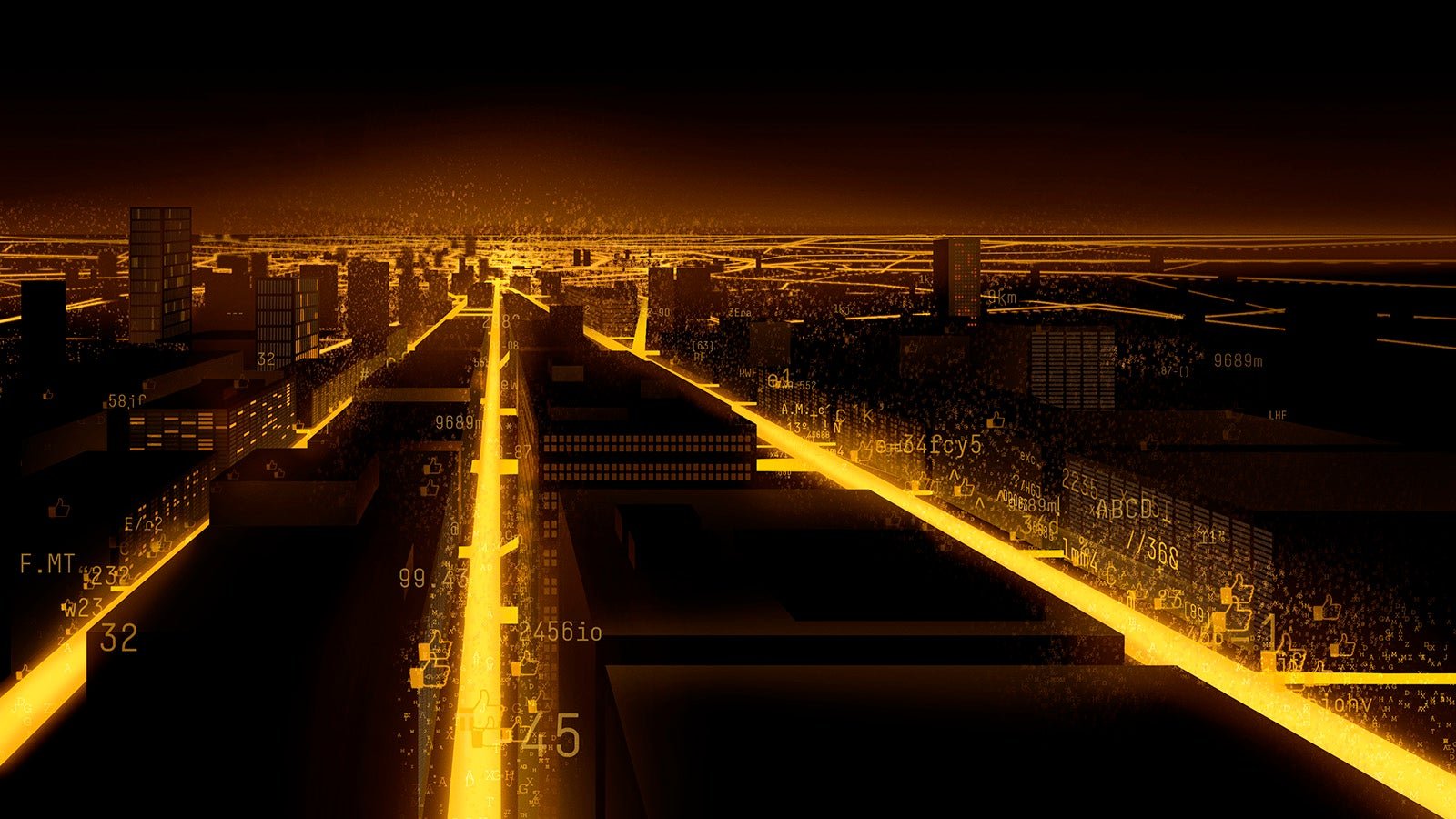Smart cities are coming–here’s what they will know about us
We all know the symptoms of a bad day. You’re stuck in traffic, stranded with a dead phone, or slammed with a busy schedule; nothing is going according to plan. Unfortunately, the cause of our most stressful days is often the same: people aren’t good at predicting the future.


We all know the symptoms of a bad day. You’re stuck in traffic, stranded with a dead phone, or slammed with a busy schedule; nothing is going according to plan. Unfortunately, the cause of our most stressful days is often the same: people aren’t good at predicting the future.
For everyone’s daily schedule to go according to plan, we need to balance our behavior on a large scale. When your activity is in harmony with the people in your community, problems dissolve, sustainability becomes natural, and life is more comfortable. That’s what living in a smart city is all about.
Harmony requires communication. When our homes, cars, streets, buildings, and tunnels are networked, even the smallest of our devices can tie into our larger schedule of activities. That gives a smart community a bird’s-eye view of transit usage, foot traffic, and energy expenditure, allowing it to suggest personal behavior that reduces waste, waiting, and expense.
When you leave the house, your home might notify the roads and rails that you’re going to be traveling, and give you feedback about traffic and train schedules. If you’re just going from point A to B, the system will route you as quickly as possible. If the weather is pleasant and your schedule allows, it might route you through a scenic view instead. At scale, a system like this can effectively schedule trains, decrease congestion on platforms, and reduce car traffic when there are empty seats on trains.
Your smart devices–even your car–will learn your daily patterns, charging themselves when they anticipate a trip out of the house. Dishwashers, coffee makers, home alarms, and central heating and cooling systems can all modulate their power use based on when they know you’ll be home. Feeding that data back to a smart grid, they can help the entire community coordinate charging and usage, cutting down on waste.
While in transit, digital signage on roads and stations will provide customized information based on the time of day and other circumstances. You’ll know whether today is a good day to run those pesky errands, based on sensors in other peoples’ clothing, phones, vehicles, and appliances. If your shopping destination is too crowded, your car or train might suggest you delay your trip for later, or show you an alternative product to order online. Or perhaps you’re headed to a nightclub, and it’s not crowded enough; smart communities can suggest hot-spots to visit before the night really begins.
With community infrastructure becoming replete with sensors, your daily decisions will soon be based on data, not habit or hunch. That keeps you in balance with your friends, family, and neighbors, helping to create cities where the hazards of daily life feel effortless, a vision of Social Innovation fully realized.
Read more about Hitachi’s vision for smart cities and Social Innovation.
This article was produced on behalf of Hitachi by the Quartz marketing team and not by the Quartz editorial staff.